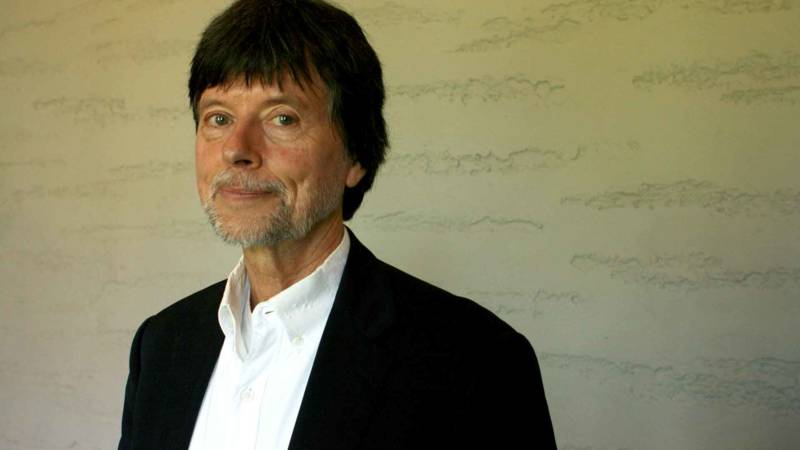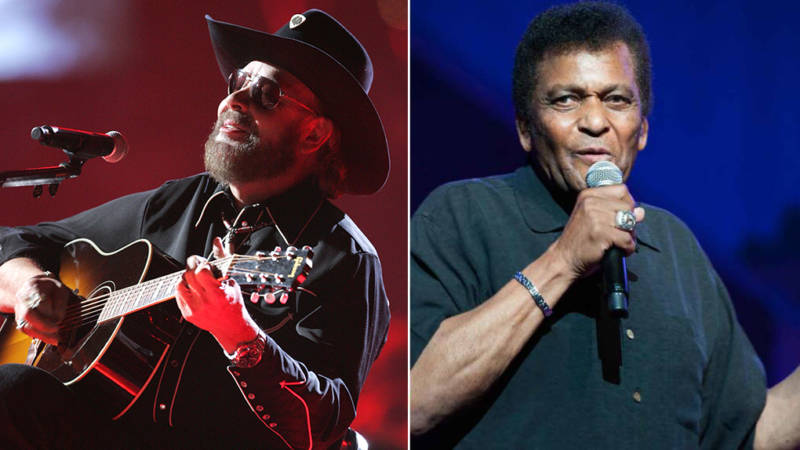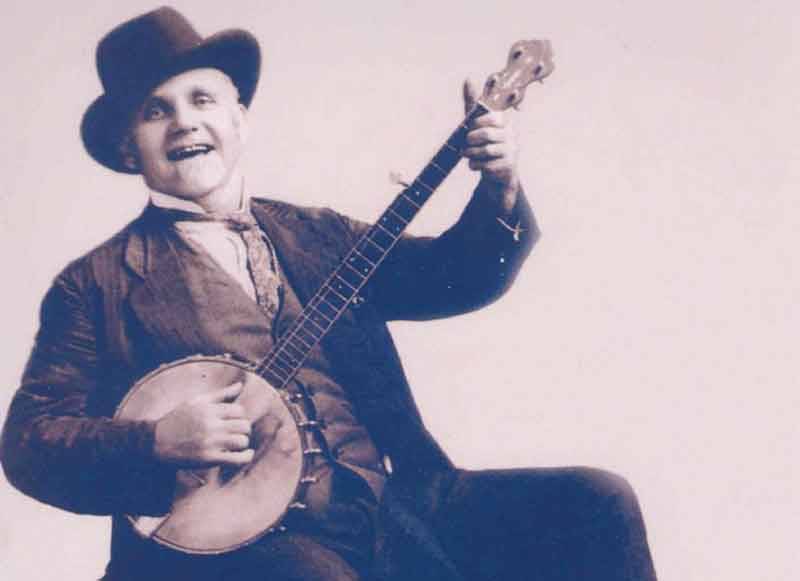Over its 16-hour run time, Ken Burns’ documentary Country Music lends dignity and credibility to a genre often denigrated. And just as importantly, it elevates lesser-known figures, delving into a deeper history of country beyond its household names.
But what will surely have people talking is the way the documentary treats race in country music. Specifically, its genesis as a cross-cultural collaboration across racial lines. Within the first five minutes of the debut episode, the documentary credits both enslaved people and those living in border barrios as sources of country music, and emphasizes that the banjo—a key instrument in the genre—came to the southern United States from Africa.
“It’s not like we discovered that there’s deep roots that include black music that are part of country,” said Dayton Duncan, Burns’ writer and co-producer on the film, when I met with him and Burns in San Francisco. “It’s just there, in plain sight. But the common stereotype of country music is that it is only white music for white people. It’s become so encrusted. And I hope our film will show us that’s just as much of an unfair stereotype as any other unfair stereotype.”
Still, from the start of Country Music, there’s a power imbalance. We learn that one of the music’s biggest stars, Fiddlin’ John Carson, performed at Ku Klux Klan rallies. When record producer Ralph Peer went to Atlanta after the success of Mamie Smith’s “Crazy Blues” to record more black artists, he instead was encouraged to record Carson, a white man, singing “Little Old Log Cabin in the Lane,” a song romanticizing slave life. Meanwhile, Stephen Foster wrote songs for minstrel shows with blackface performers that sold a sentimental version of the antebellum South. Emmett Miller, a blackface performer, recorded the first version of Hank Williams’ hit “Lovesick Blues.”

What to do with all of this? For Ken Burns, it means asking a handful of black artists to comment about it on camera: Charley Pride, Rihannon Giddens, Darius Rucker, Wynton Marsalis. Much of what they say in the film is about the uniting power of music, and not about the dividing nature of systemic racism in America.
When I met with Burns and Duncan, I wanted to know, especially after watching the documentary’s first episode: What happened?
Country music is an almost entirely white genre now. The number of high-charting black country artists can be counted on one hand, and some of them, most recently Lil Nas X, have faced overt resistance from the country music establishment. How did the African American influence in the music, and its help in creating its coalesced sound, give way so easily to overwhelmingly white country stars?
The answer, not fully explored in the remaining 14 hours of Country Music, falls mostly to marketing, according to Duncan.
“Once music became commercialized, it was easier to say, ‘Oh, here are the race records,’ which meant this is music made by African Americans for an African-American audience, and ‘here is the hillbilly music,’ and that’s made by white artists for white people. On those two styles of music in particular, it was bifurcated really early,” Duncan said. “The truth is that it was more for commerce and convenience. We create certain categories, and we try to organize it a certain way. And some of that is necessary, some of it is good, and some of it can be distorting and bad, and even evil.”




